Home>Others>Specialized Home Improvement Topics>How To Organize Teaching Materials At Home
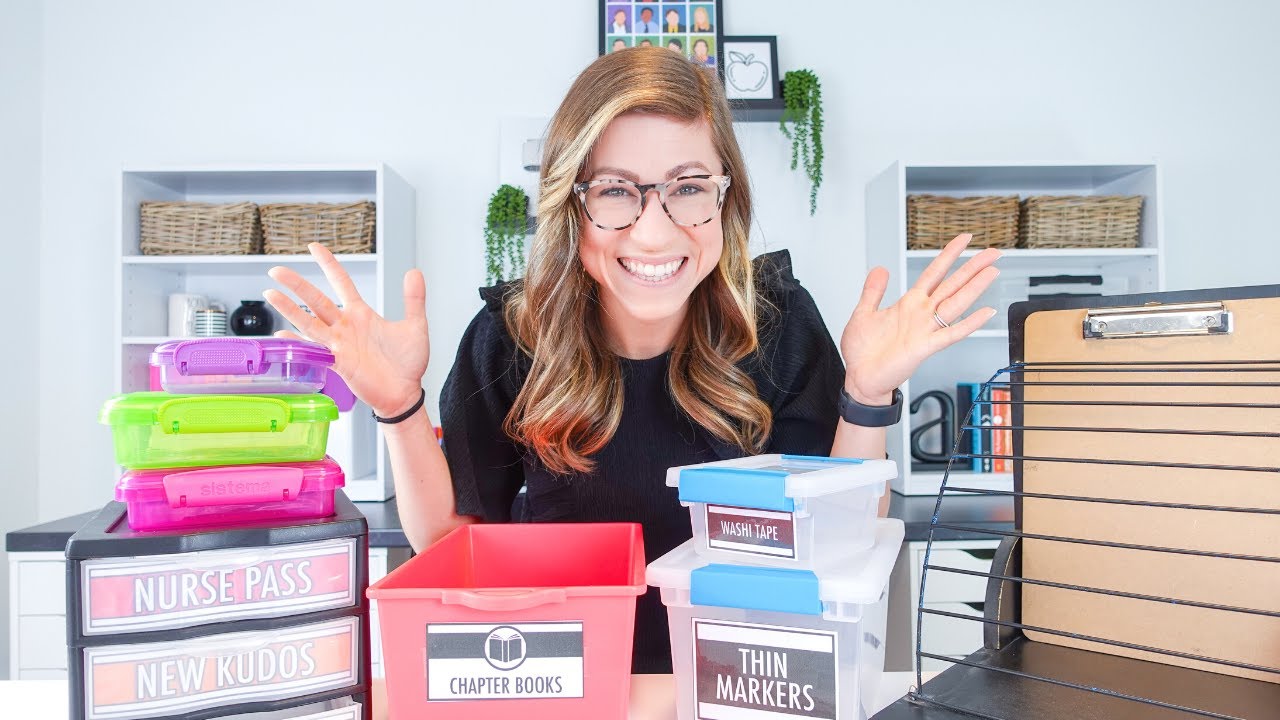

Specialized Home Improvement Topics
How To Organize Teaching Materials At Home
Published: March 2, 2024
Learn effective strategies for organizing teaching materials at home with our specialized home improvement topics. Streamline your teaching space today!
(Many of the links in this article redirect to a specific reviewed product. Your purchase of these products through affiliate links helps to generate commission for Storables.com, at no extra cost. Learn more)
Importance of Organizing Teaching Materials
Organizing teaching materials at home is crucial for creating a conducive learning environment for both educators and students. When teaching materials are organized, it becomes easier to locate specific resources, leading to a more efficient teaching experience. Additionally, a well-organized space can help reduce stress and frustration, allowing educators to focus on delivering quality lessons. Moreover, organized teaching materials can enhance productivity and creativity, as educators can quickly access the resources they need to develop engaging and effective lesson plans. Overall, the importance of organizing teaching materials lies in promoting a positive and productive learning environment at home.
Key Takeaways:
- Organizing teaching materials at home creates a stress-free and efficient learning environment, helping educators focus on delivering quality lessons and promoting a positive atmosphere for students.
- Setting up a dedicated space, sorting and categorizing materials, and utilizing storage solutions can streamline access to resources, enhance lesson planning, and create an enjoyable teaching experience at home.
Read more: What To Teach 5-6 Graders About Home Safety
Setting Up a Dedicated Space for Teaching Materials
Setting up a dedicated space for teaching materials is essential for creating an organized and functional home learning environment. Here's how to do it:
-
Choose the Right Location: Select a quiet and well-lit area in your home that is free from distractions. This could be a spare room, a corner of the living room, or even a section of your bedroom.
-
Invest in Proper Furniture: Consider investing in a sturdy desk or table and comfortable chair to create a dedicated workspace. This will not only provide a designated area for teaching but also promote good posture and comfort during lesson preparation and delivery.
-
Personalize the Space: Add personal touches such as motivational quotes, artwork, or plants to make the space inviting and inspiring. This can help create a positive atmosphere for both educators and students.
-
Organize Essential Tools: Ensure that the space is equipped with essential tools such as a whiteboard, markers, pens, pencils, notebooks, and a computer. Having these items readily available can streamline the teaching process and minimize disruptions.
-
Minimize Clutter: Keep the space tidy by decluttering regularly. Remove any unnecessary items and only keep teaching materials that are relevant to the current curriculum or lesson plans.
By setting up a dedicated space for teaching materials, educators can establish a conducive environment that promotes focus, creativity, and effective teaching at home.
Sorting and Categorizing Teaching Materials
Sorting and categorizing teaching materials is a fundamental step in creating an organized and efficient home learning environment. Here's how to effectively sort and categorize teaching materials:
-
Assess the Teaching Materials: Begin by gathering all teaching materials, including textbooks, workbooks, worksheets, visual aids, and reference books. Once gathered, assess each item to determine its relevance and usefulness for current and future lesson plans.
-
Create Categories: Establish broad categories based on subjects, topics, or types of materials. For example, create categories such as "Mathematics," "Science," "Language Arts," "Visual Aids," and "Assessment Tools." This will provide a clear framework for organizing the materials.
-
Use Labels and Containers: Utilize labels and containers to clearly mark and store materials within their respective categories. Transparent storage containers or bins can be particularly useful as they allow educators to easily identify the contents without having to open each container.
-
Consider Frequency of Use: When sorting and categorizing teaching materials, consider the frequency of use for each item. Materials that are used more frequently should be easily accessible, while those used less often can be stored in a separate area.
-
Digital Organization: In addition to physical materials, consider organizing digital resources such as e-books, educational videos, and online lesson plans. Create folders on your computer or cloud storage that mirror the physical categories, making it easy to locate digital resources when needed.
-
Maintain Consistency: Establish a consistent system for sorting and categorizing materials to ensure that all educators and students can easily understand and access the resources. This consistency will streamline the teaching process and minimize confusion.
By sorting and categorizing teaching materials, educators can create a well-organized system that facilitates easy access to resources, enhances lesson planning, and ultimately contributes to a more effective and enjoyable teaching experience at home.
Use clear storage containers to organize teaching materials by subject or grade level. Label each container for easy identification and quick access when needed.
Utilizing Storage Solutions
When it comes to organizing teaching materials at home, utilizing effective storage solutions is key to maintaining a clutter-free and functional learning environment. Here are some practical tips for making the most of storage solutions:
-
Shelving Units: Invest in sturdy shelving units to store books, binders, and other reference materials. Adjustable shelves can accommodate materials of various sizes, while wall-mounted shelves can help maximize space in smaller areas.
-
Storage Bins and Boxes: Use clear, stackable storage bins and boxes to store smaller items such as art supplies, manipulatives, and educational games. Label each container with its contents to easily identify and access materials when needed.
-
File Cabinets: File cabinets are ideal for organizing and storing paperwork, lesson plans, and assessment materials. Consider using hanging file folders within the cabinets to categorize materials by subject or topic.
-
Mobile Carts or Trolleys: Mobile carts or trolleys with multiple tiers can provide convenient storage for frequently used teaching materials. These can be moved around the teaching space as needed, allowing for easy access to resources during lessons.
-
Over-the-Door Organizers: Maximize vertical space by using over-the-door organizers to store stationery, small books, or teaching aids. These organizers are particularly useful for keeping frequently accessed materials within arm's reach.
-
Cubbies and Cubby Shelves: Cubbies and cubby shelves are versatile storage solutions that can be used to store and display a variety of teaching materials, including manipulatives, learning tools, and student supplies.
-
Drawer Organizers: Utilize drawer organizers to keep smaller items such as markers, pens, paper clips, and flashcards neatly arranged and easily accessible. This can help prevent clutter and streamline the teaching process.
By effectively utilizing storage solutions, educators can create a well-organized and visually appealing learning environment that promotes efficiency and productivity in teaching at home.
Creating a System for Easy Access and Retrieval
Creating a system for easy access and retrieval of teaching materials is essential for streamlining the teaching process and maximizing productivity. Here's how to establish a system that facilitates seamless access to resources:
-
Designate Specific Locations: Assign specific locations for different categories of teaching materials. For example, designate a shelf for science resources, a drawer for art supplies, and a cabinet for assessment tools. This ensures that materials are consistently stored in the same place, making them easy to locate.
-
Implement a Color-Coding System: Consider using a color-coding system to visually categorize and distinguish different types of materials. For instance, use colored labels or storage containers to represent specific subjects or grade levels. This visual cue can expedite the retrieval of materials, especially in a fast-paced teaching environment.
-
Create a Digital Inventory: Develop a digital inventory of teaching materials by creating a spreadsheet or database that lists all physical and digital resources. Include details such as the title, category, location, and quantity. This inventory serves as a quick reference for identifying the availability and whereabouts of specific materials.
-
Establish Accessible Workstations: Set up accessible workstations within the teaching space, each dedicated to a specific subject or activity. For instance, have a designated area for science experiments, a writing station for language arts, and a math corner with manipulatives. This layout ensures that materials are readily available for hands-on learning experiences.
-
Utilize Quick-Access Tools: Keep frequently used tools and resources within arm's reach of the teaching area. This may include a teaching cart with essential supplies, a tabletop organizer for daily materials, or a bulletin board for displaying visual aids and reference charts. Easy access to these tools minimizes disruptions during lessons.
-
Implement a Check-Out System: If teaching materials are shared among multiple educators or students, consider implementing a check-out system to track the borrowing and return of resources. This can be as simple as using sign-out sheets or digital check-out forms to maintain accountability and organization.
By creating a system for easy access and retrieval, educators can optimize their teaching environment, reduce time spent searching for materials, and ultimately enhance the overall teaching experience at home.
Frequently Asked Questions about How To Organize Teaching Materials At Home
Was this page helpful?
At Storables.com, we guarantee accurate and reliable information. Our content, validated by Expert Board Contributors, is crafted following stringent Editorial Policies. We're committed to providing you with well-researched, expert-backed insights for all your informational needs.
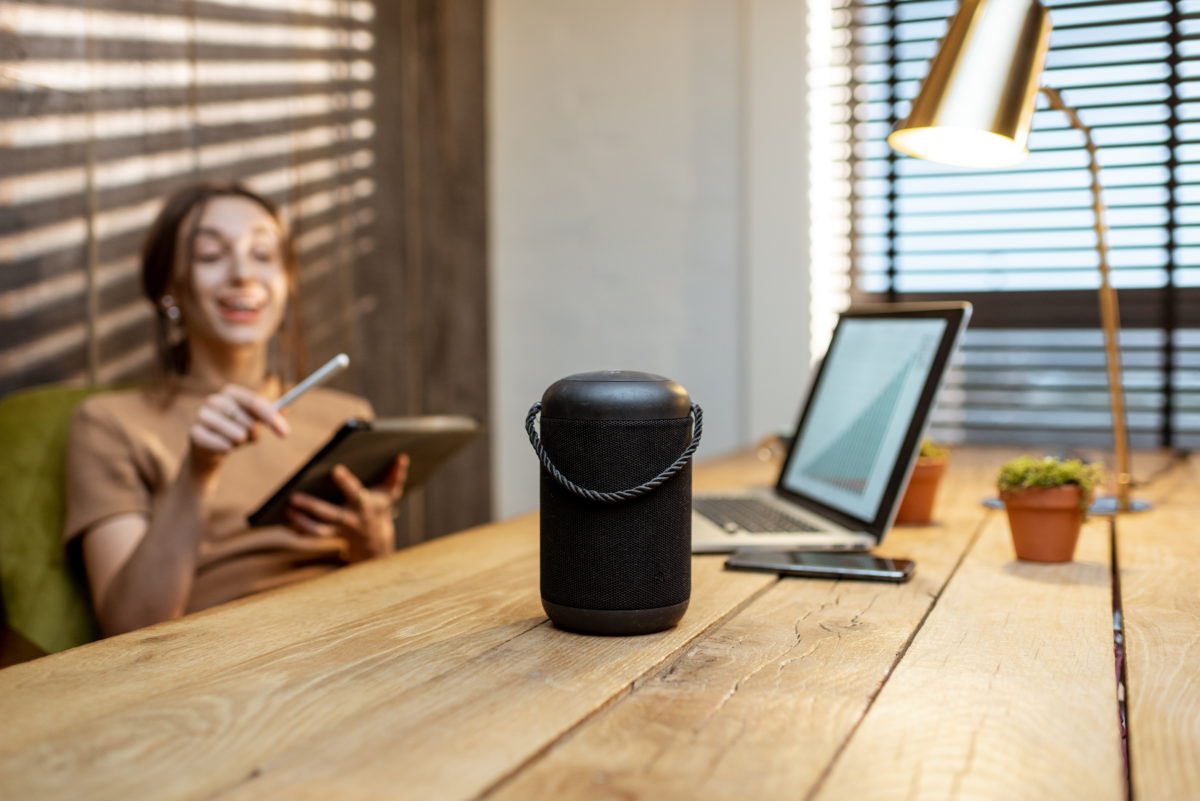


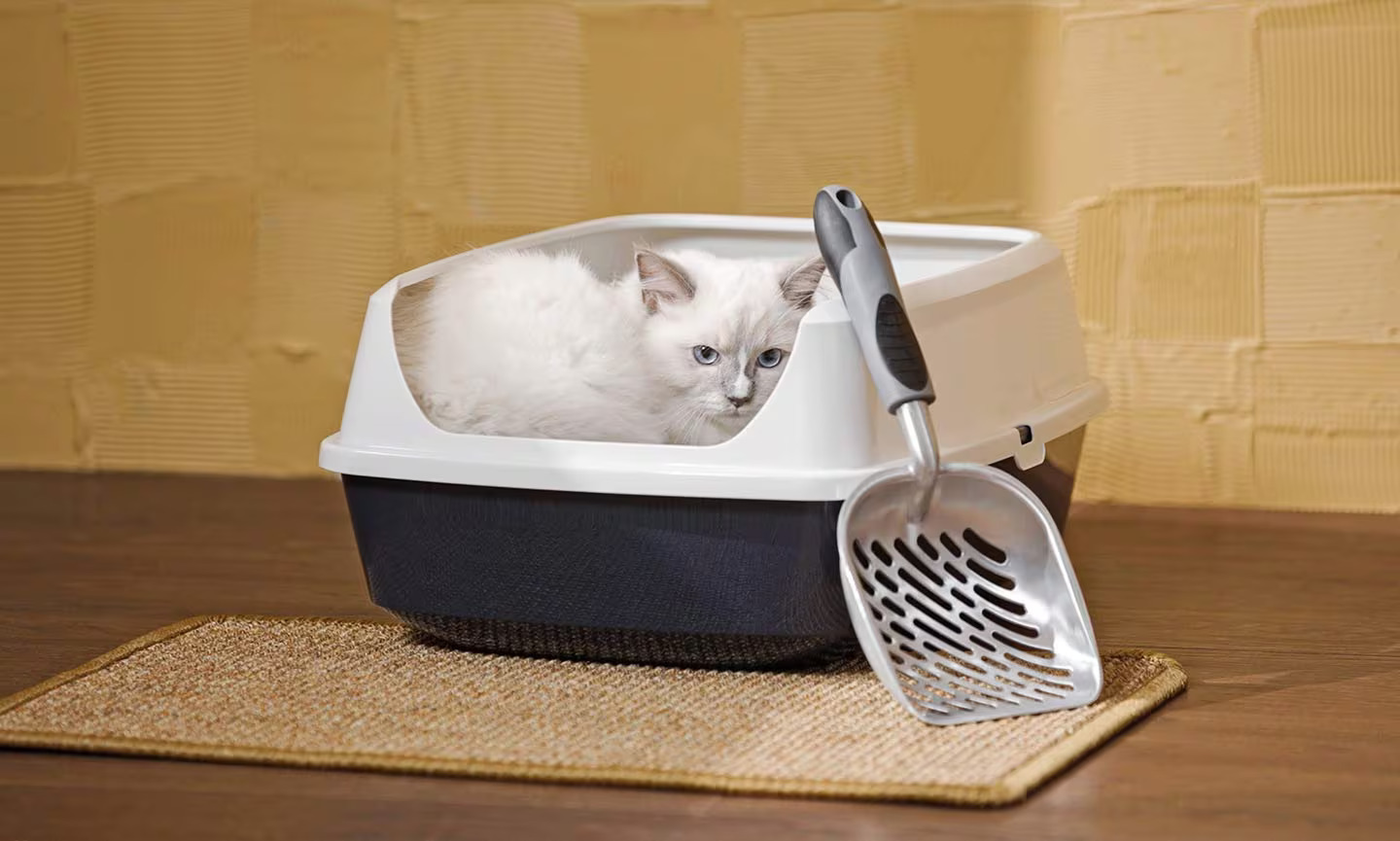







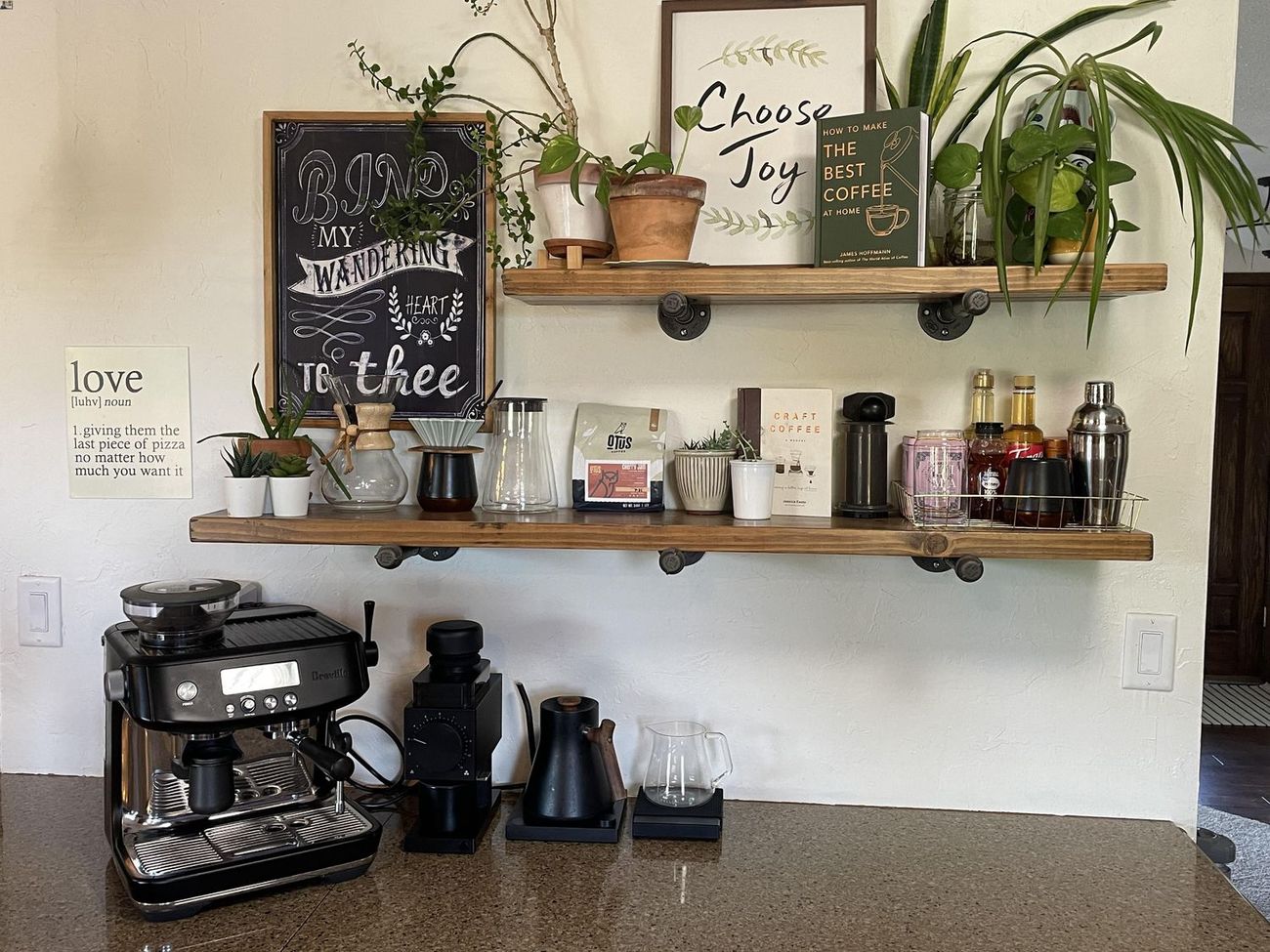
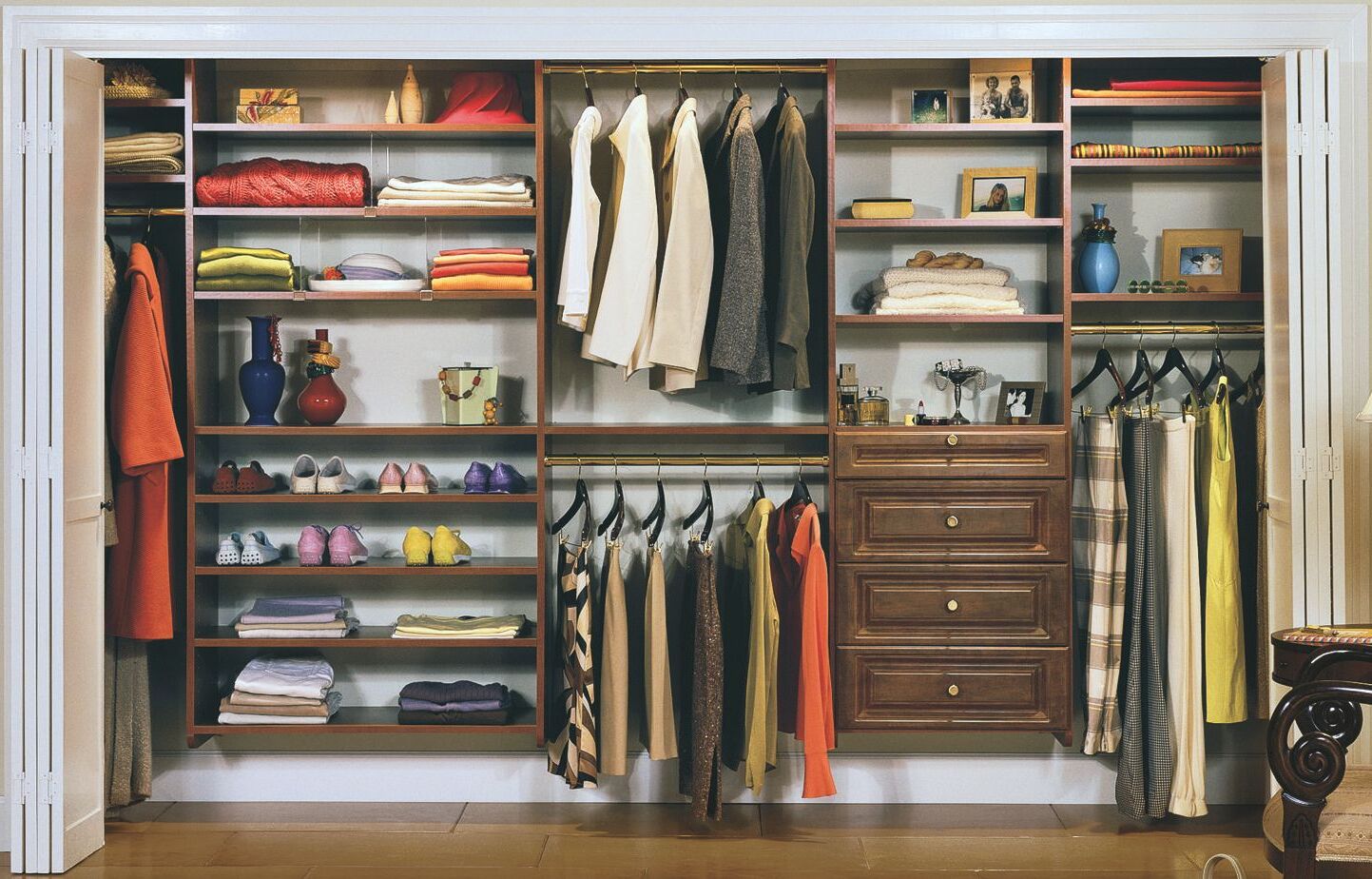



0 thoughts on “How To Organize Teaching Materials At Home”